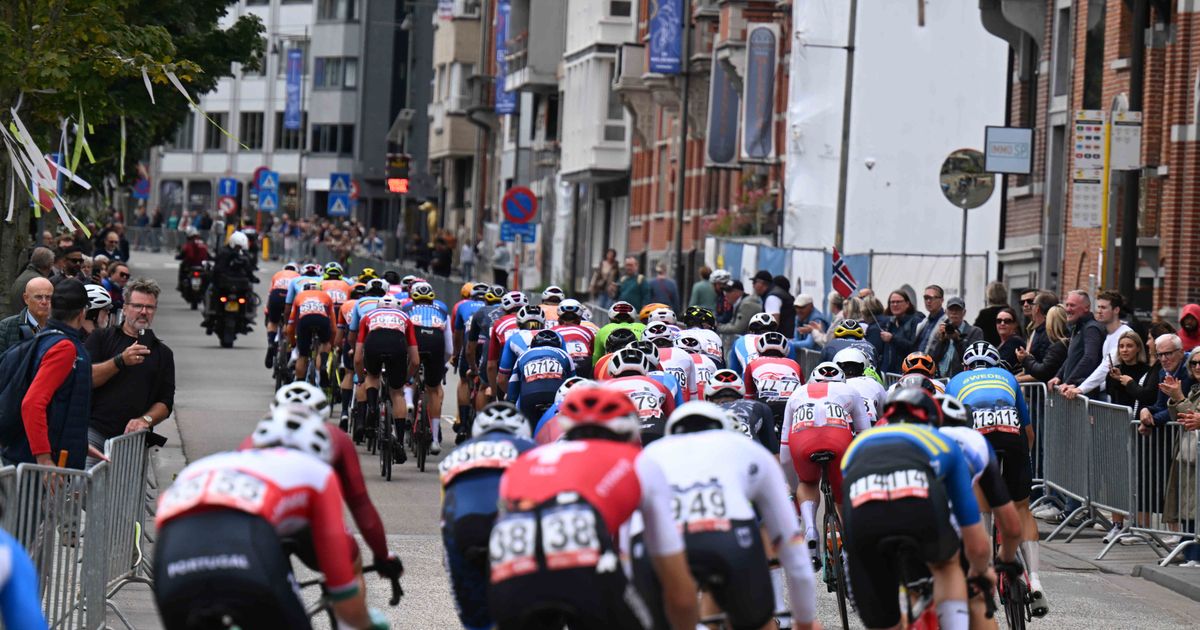The women’s cycling has undergone a rapid development in recent years. But in an attempt to catch up to their men counterpart, it seems like the ladies have skipped a few steps. Where this shows is in attempts to further expand the sport are running into obstacles that cannot be overcame as easily as it may seem.
“The UCI professionalized the WorldTour. Salaries went up and teams were allowed to grow to 20 riders (plus 2 neo-pros). But interestingly enough, the opposite is now happening,” former Dutch cyclist Natascha Knaven-den Ouden observes at Sporza.
Some WorldTour teams are shrinking to 14 or 16 riders. As a result, not all WorldTour teams have yet signed a petition with the UCI regarding the requirement to ride the entire WorldTour calendar. Simply because they don’t have enough riders to manage it.
Knaven explains how this happened. “There’s a whole craze going on in racing to equate women with men. But women’s cycling is a completely different sport than men’s cycling, and it’s also in a completely different developmental stage.”
Men’s cycling has had 25 years to evolve into the current WorldTour model. Women’s cycling is expected to achieve this in five years. That, according to Knaven, lies the problem: “The focus is primarily on top riders and wage equality. But riders’ salaries are rising faster than the teams’ budgets. There is too much focus on money, which is causing women’s cycling to implode from within.”
“In concrete terms: because teams have to pump so much extra money into wages, they can invest less in staff, coaching, and training camps. Women’s teams are building a structure with riders, but not with staff. Compare it to a house. If you build a house, don’t you lay a foundation first? Wouldn’t it be strange to build the roof separately first?”
Lack of talent?
Knaven concludes that high rider salaries are detrimental to a professional environment. She also sees another problem looming. More professionals means that more talented riders are ready to take the step up. But that’s not really happening at the moment and the bottom levels of women’s cycling are slowly dying out. “Devo teams are getting smaller, continental teams are disappearing and the calendar below the WorldTour is shrinking.”
According to Knaven, this could have a major impact on women’s racing. “Without investment at the grassroots level, the elite will dry up. The WorldTour won’t be able to sustain itself. The riders are there, the organizers are there, and the races are there. The only thing missing is structure.”

